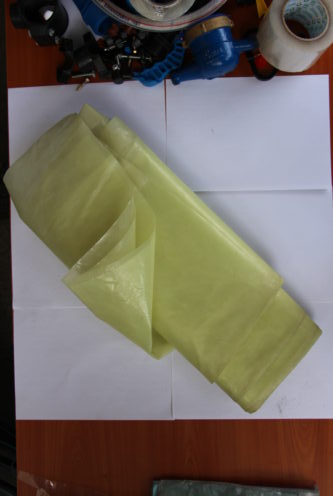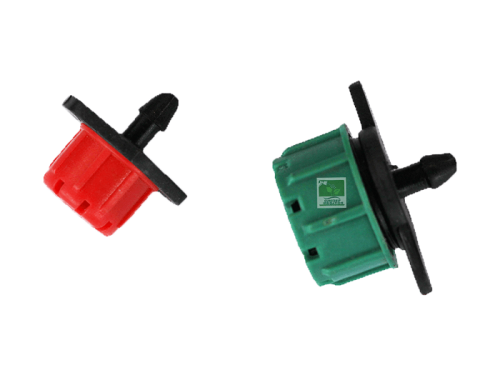Description
GREENHOUSE FARMING IN KENYA
Greenhouse farming in Kenya has been the recent system that is recently embraced method of farming in Kenya. It entails the growth of horticultural crops, herbs or any other plant of high economic value. Green house farming in Kenya has not been ventured by many farmers since most farmers have not understood the benefits and economic outcome after its investment.

Eunidrip irrigation system is a recognized agricultural institution dealing with green house construction and greenhouse consultation with the matters concerning which type of crops to be grown in the greenhouse.
THE BENEFITS OF GROWING CROPS IN A GREENHOUSE
Over time, farmers have come to realize that there are plenty of benefits of growing plants in a greenhouse, especially with the uncertainty in climate change lately.
However, before you carry out your greenhouse farming in Kenya, you have to conduct adequate research to ensure that you will reap some of the following benefits.
- A greenhouse delivers an extended growing season
- There are consistency and reliability in food production
- You can plant a variety of crops in a greenhouse
- It allows you to control the growth environment, humidity levels, and soil easily
- A greenhouse makes it easy for you to control insect and animal infestation
SIZES OF THE GREENHOUSES AS GREENHOUSE FARMING SYSTEM IN KENYA
The greenhouse comes in various sizes recommended by the Agricultural Good Practices (GAP). These sizes are of eight meters by fifteen meters, 8mx15m, eight meters by twenty meters, 8mx20m, eight meters by twenty-four meters, 8mx24m, and eight meters by thirty meters, 8mx30m

Greenhouse 8 meters by 30 meters.
The sizes of the greenhouses depend on some factors that must be considered.
THE FACTORS CONSIDERED BEFORE GREENHOUSE FARMING IN KENYA INCLUDE:
- Economic budget of the farmer
- Land availability for greenhouse construction.
- Type of crops to be grown.
- Availability of the agricultural expertise in the area.
- Green house construction materials locally availability
- Market availability of the products
- Ready availability of both skilled and unskilled labor
COST OF GREENHOUSE FARMING SYSTEM IN KENYA
As the rule of thumb, greenhouses cost varies with the sizes. The larger the greenhouse the more expenditure in the construction. The construction of greenhouses includes the following materials which are readily available in our online shop and physical shop located in Nakuru Kenya,
- Galvanized steel bars that are used as poles, props, runners, arches, and takeoffs.
- Greenhouse polythene paper of 200 microns.
- Greenhouse plastic or stainless steel gutters
- Joiners which includes tapping screws, bolts, and nuts, clips and takeoffs
- Insect netting.
The average cost of the greenhouse as a greenhouse farming in Kenya costs in between Ksh180, 000 and Ksh 320,000. These costs are varied with the size of the greenhouse requested by the farmer.
PACKAGES OFFERED BY EUNIDRIP IRRIGATION SYSTEMS AS GREENHOUSE FARMING SYSTEM IN KENYA
- Tank
- Drip irrigation system.
- Galvanized steel structures.
- Polythene sheeting and insect netting.
- Germination set.
- Knapsack sprayer
- Installation cost
- And side rolls up to control airflow within the greenhouse.
Types of crops grown in greenhouses farming system in Kenya
-
Tomatoes
Tomatoes generally love heat so, with the help of the polythene sheeting, the heat generated will be suitable for its growth thus good harvest.
-
Peppers
In the greenhouse, peppers are certain to get more heat than they would outside. This in turn gives me a much larger harvest.
-
Cucumbers
Cucumbers are a really simple vegetable to grow, and you don’t have to grow a ton of them to get quite the harvest. They sprout and do more lateral growths thus more fruits on the laterals.
So if you decide to grow cucumbers inside your greenhouse, be sure to keep in mind that they do bush out and take over if you aren’t careful.
These problems can be solved by using the widely spaced drip tape/drip line. This will minimize the crowding of the plants. The commonly used drip line/drip tape for cucumber is of forty centimeters spacing, 40 cm or forty-five centimeters spacing, 45 cm
-
Microgreens
Microgreens are another really simple green to raise. They don’t require a lot of space or time.
-
Strawberries
Strawberries can even be planted in containers so they can be moved around in your greenhouse.
-
Spinach
Spinach requires different spacing depending on the weather conditions and seed variety.Spinach requires a spacing of 60 centimeters by 60 centimeters or 45 centimeters by 45 centimeters depending on the humidity of a place. 60cm by 60cm spacing is recommended for the farmers in hot areas to avoid moisture stress.
Moisture stress can hugely affect yields as the plants tend to produce fewer leaves and roots.
NPK help to boost the plants’ growth while lime solution helps to regulate the soil Ph to around 6.0 to 6.8. This is the best soil Ph that allows spinach to thrive and ensure the nutrients in the compost are well consumed by the plant.
Farmers need to know that nitrogen should be applied in plenty as it stimulates the growth of large and healthy spinach leaves. They take about two months or less to mature depending on various varieties.
Management of spinach in greenhouse farming in Kenya
- Mulching is vital as it helps to conserve the soil moisture which is a key for the robust growth of the plants. It also prevents fungal diseases attack on the plants which are likely to happen when soil particle splashes on the plant’s leaves during watering or when it rains.
- Weed management can incur less while growing vegetables on may occur in between the holes made in the mulching paper.
To those using the organic method of insect’s control, you can use the following homemade insecticides:
- Use blackjack weeds, crush it, and mix it with vegetable oil to make insecticide and use it to spray on plants.
- To prevent cutworms, use ash from the kitchen especially when the seedlings are in the nursery and after transplanting.
Other plants that can also be used in the greenhouse as the method of greenhouse farming are the;
- Kales
- Flowers
- Capsicum
Eunidrip Irrigation Systems is full of qualified staffs with wealthy of knowledge on greenhouse farming in Kenya. we have trained team on greenhouse designs, maintenance, and general crop support.
With the worldwide greenhouse farming system, we give consultations to the farmers with what type of crops that the farmer should engage in order to meet the market demands.
From these consultations and market analysis from Eunidrip Irrigation Systems experts, farmers are able to maximize their profits thus beating the financial odds.




